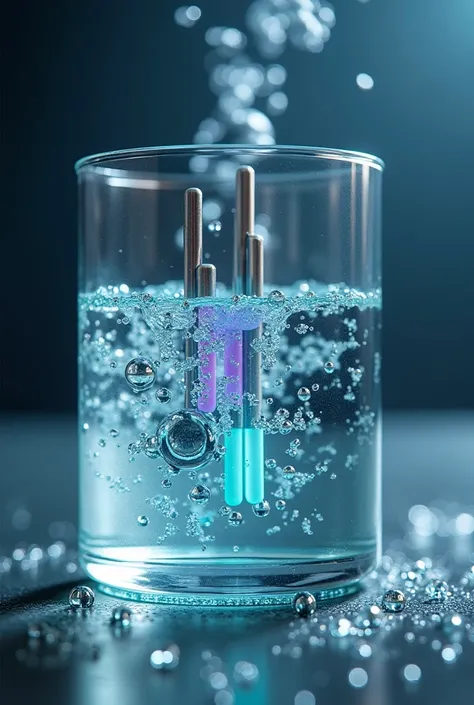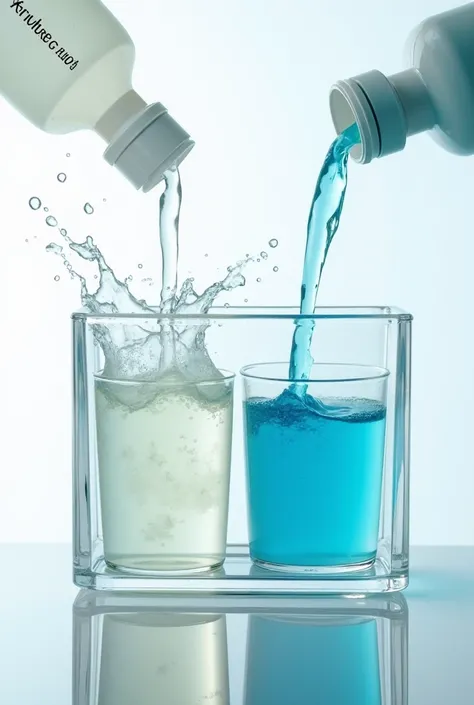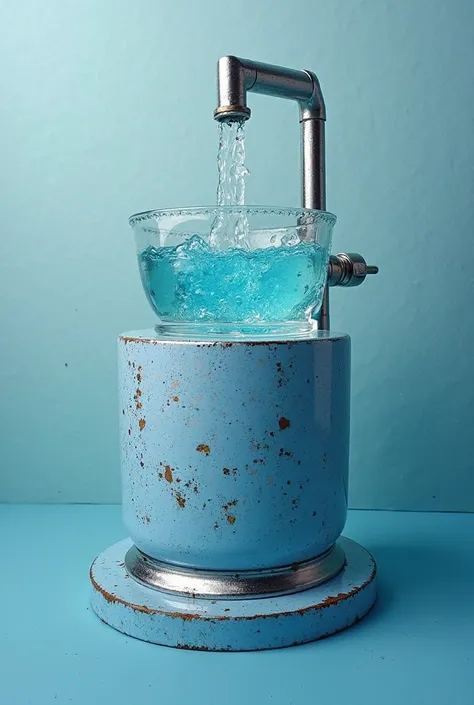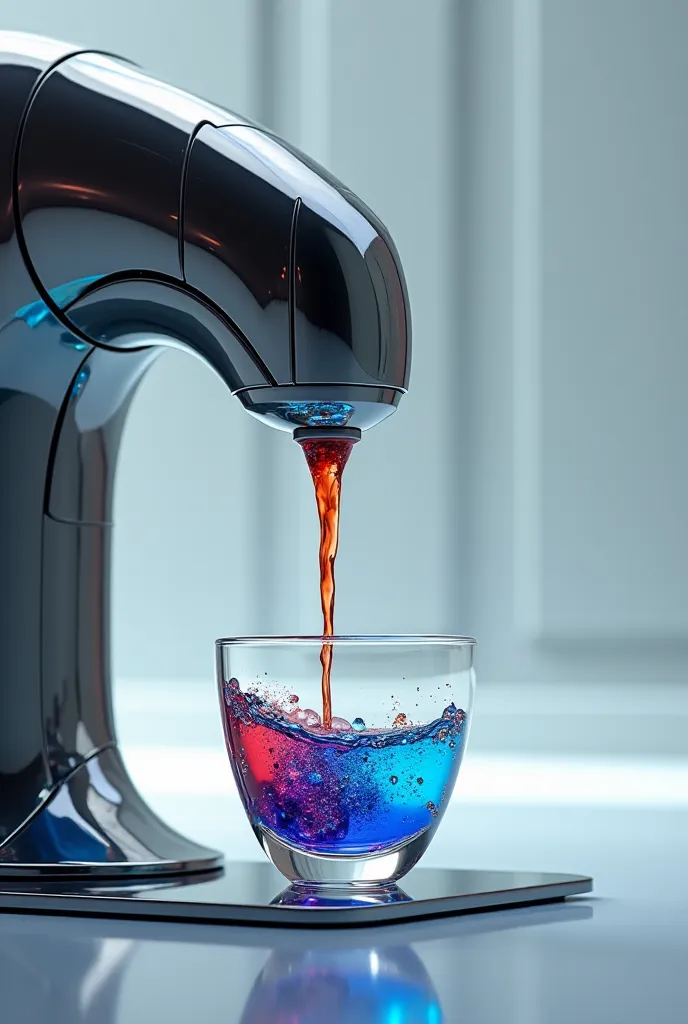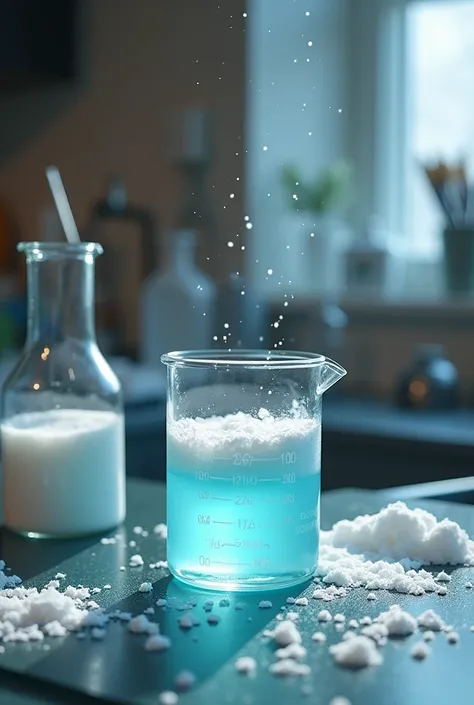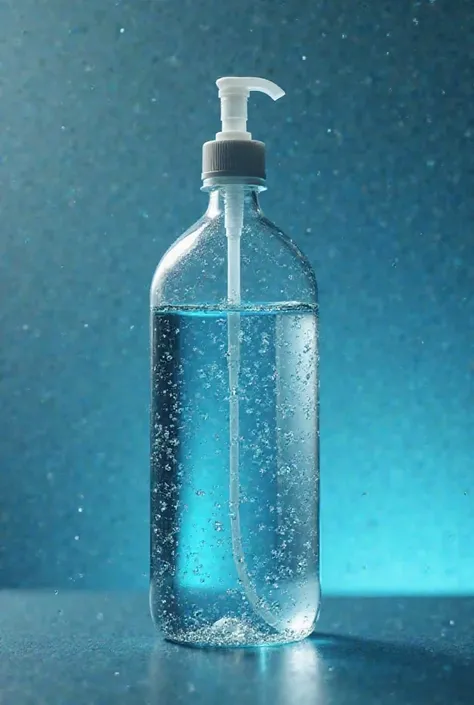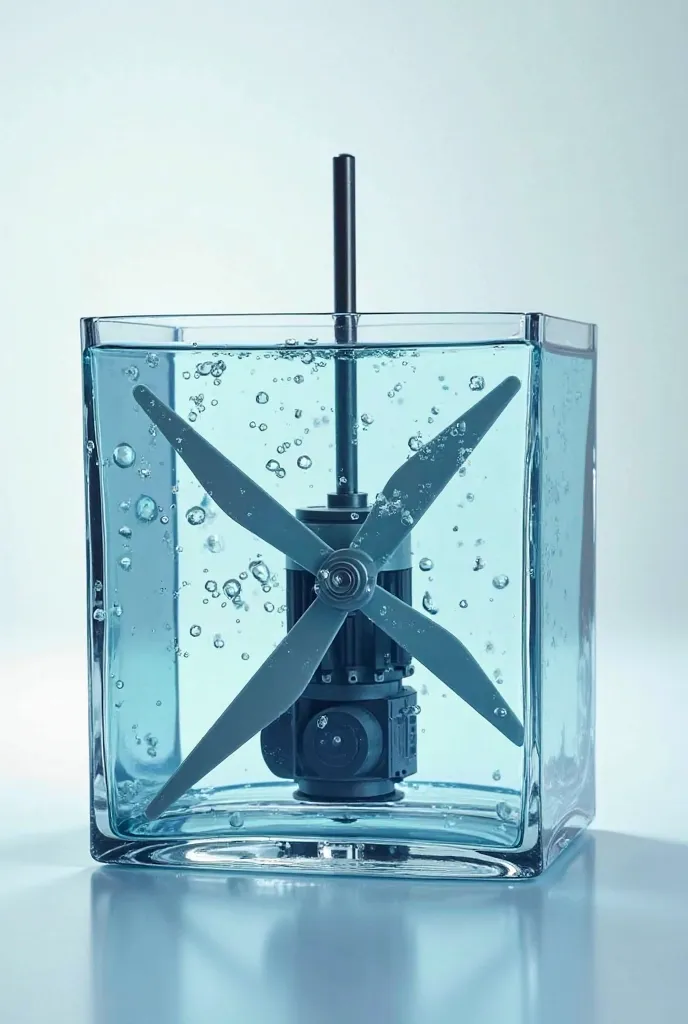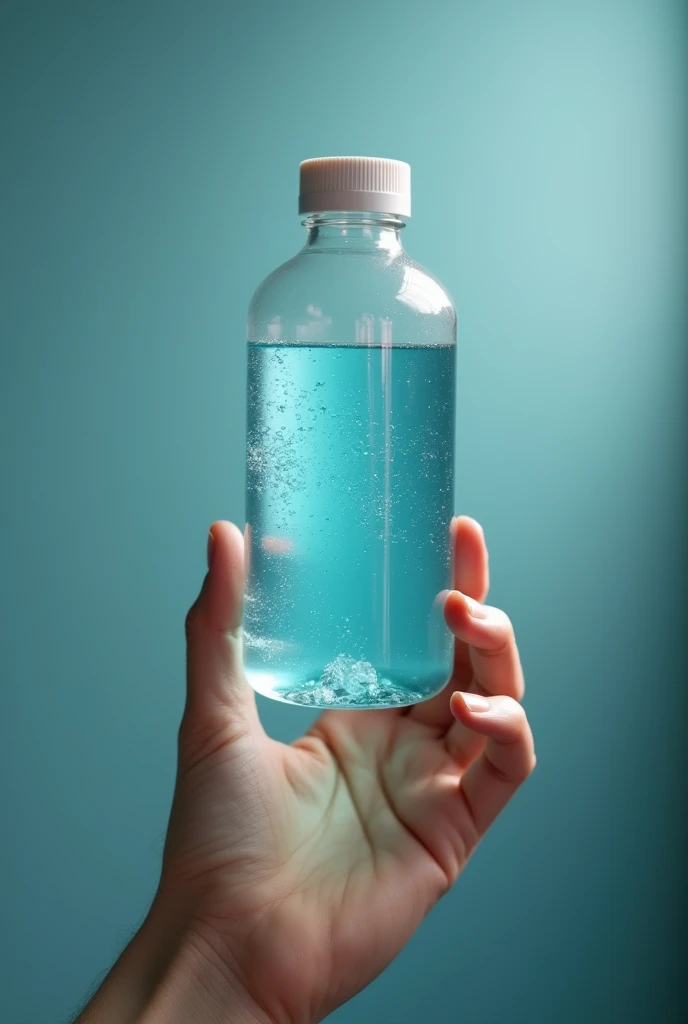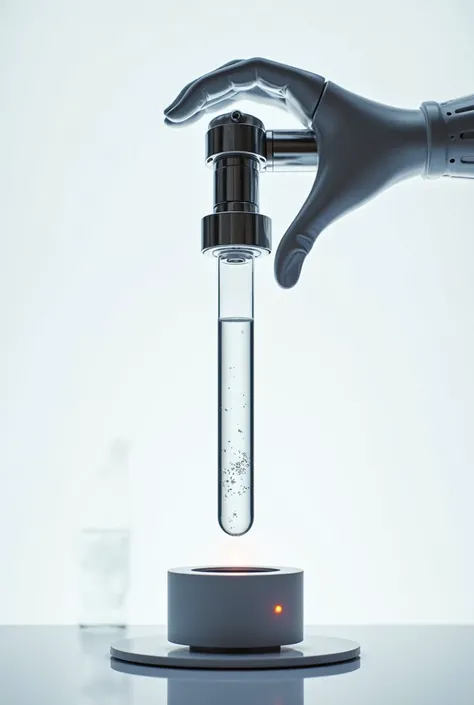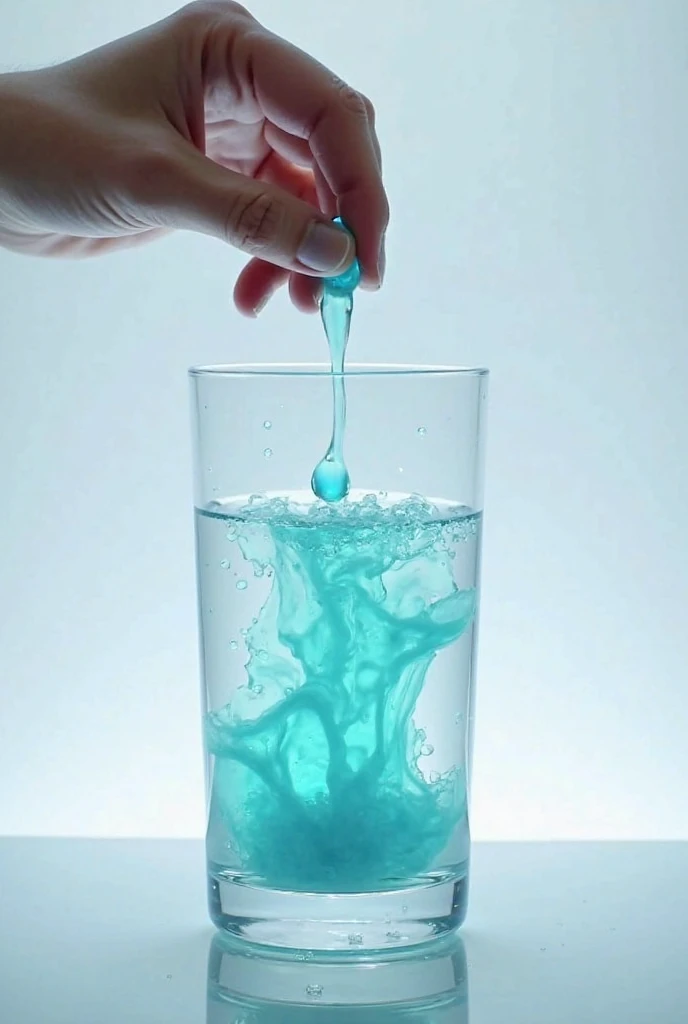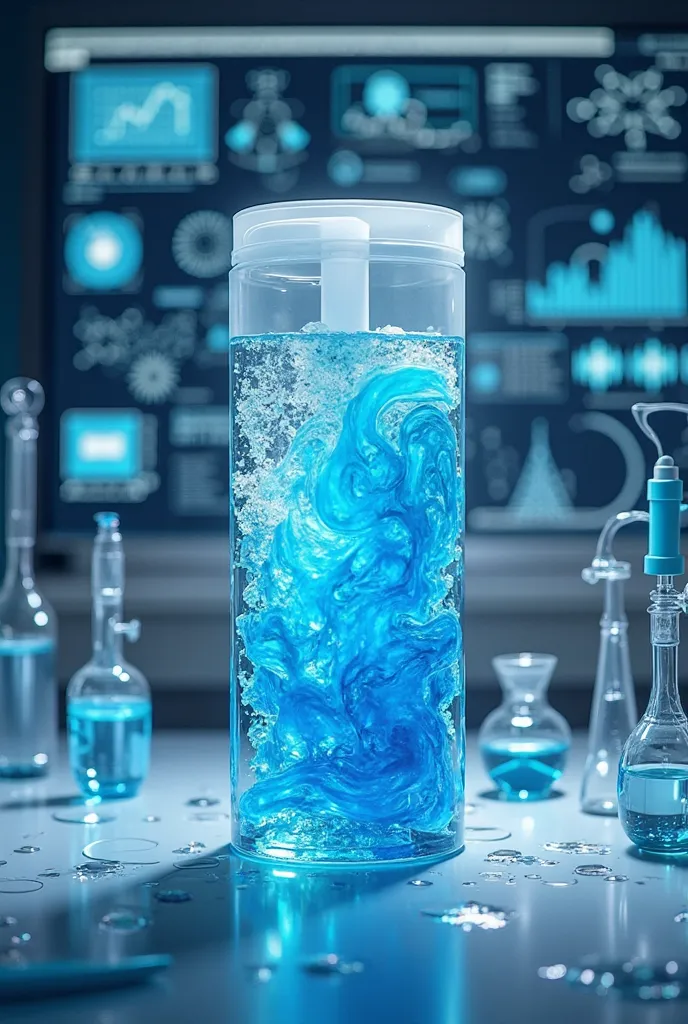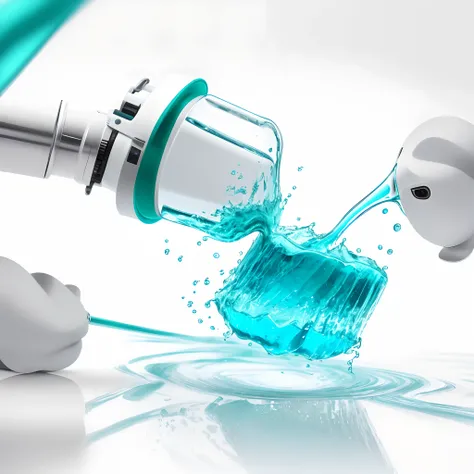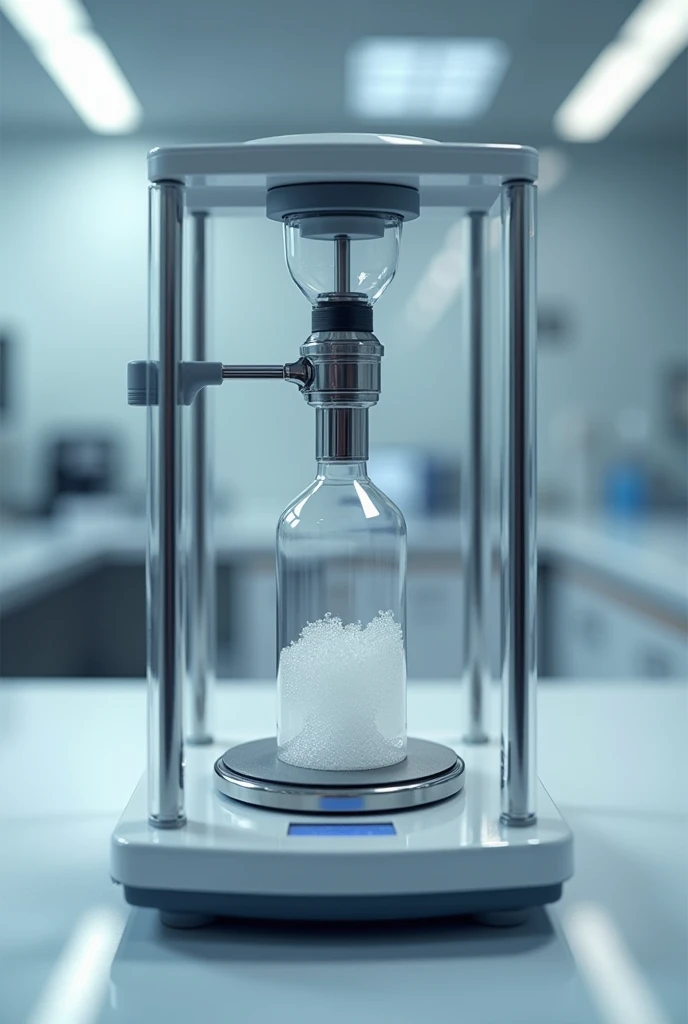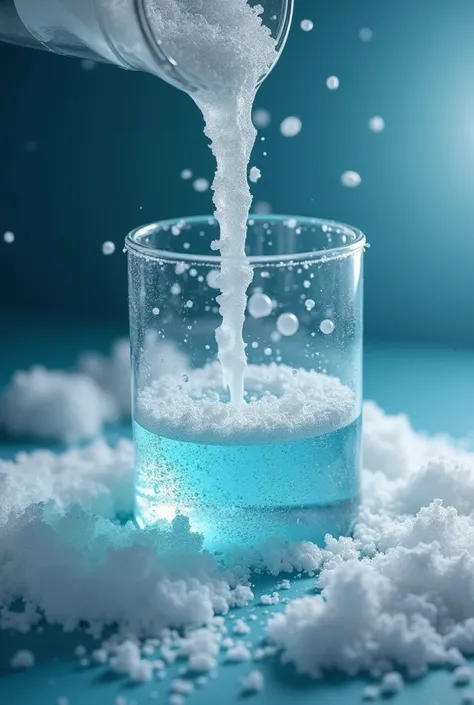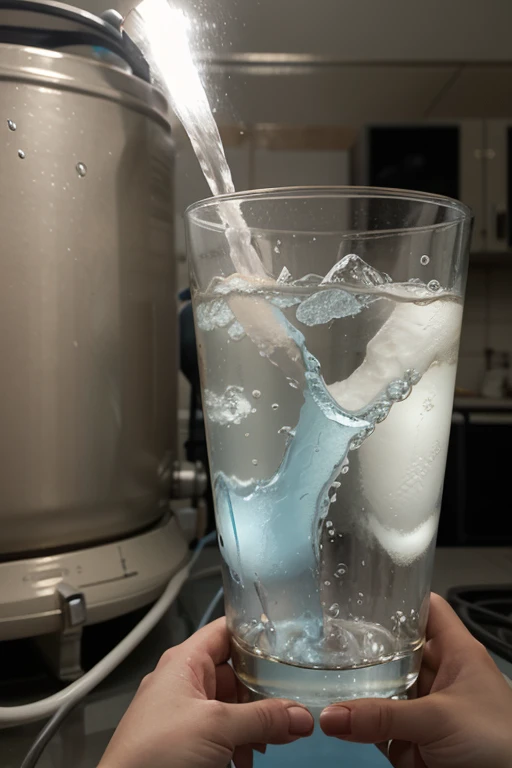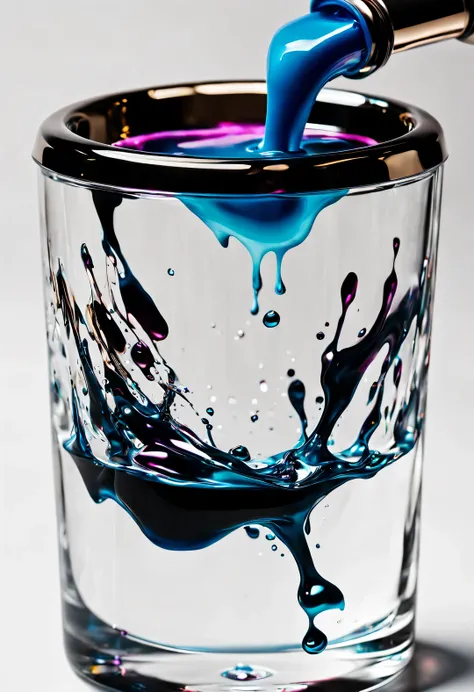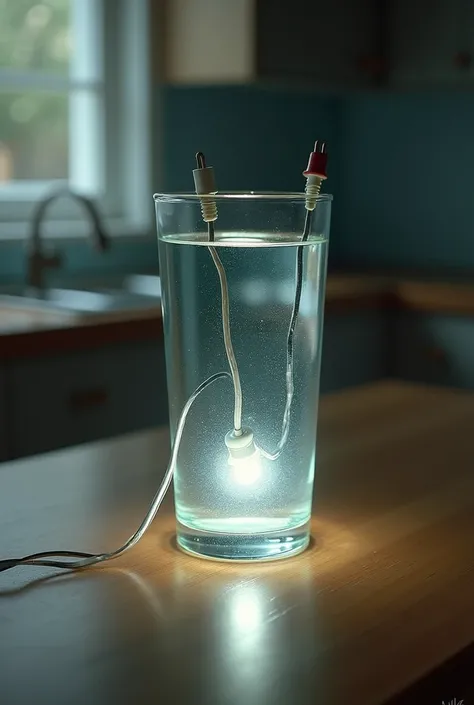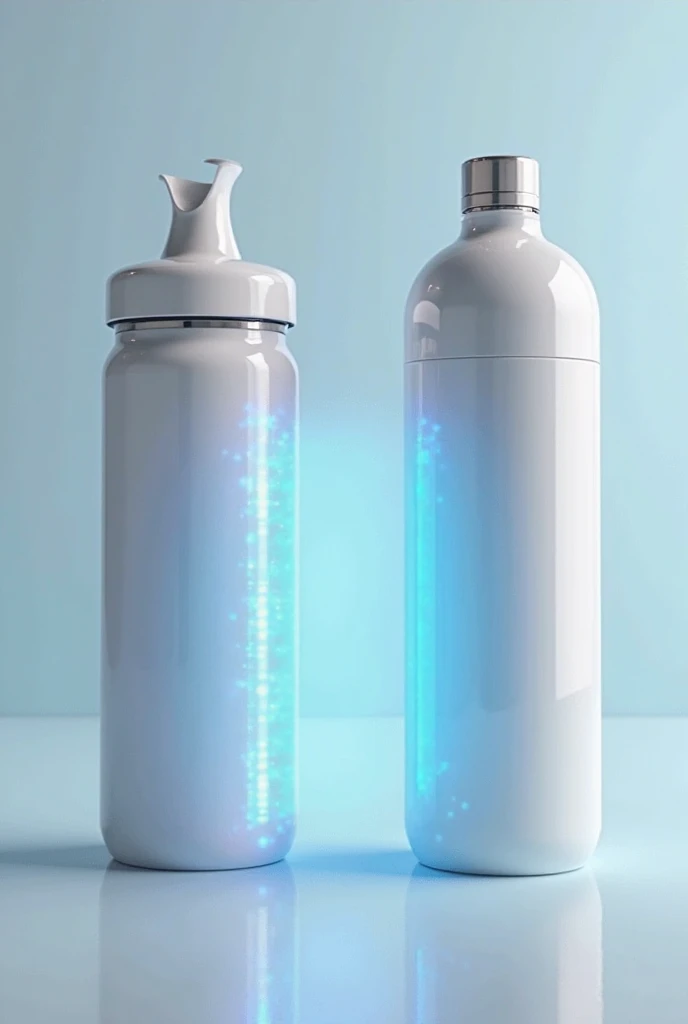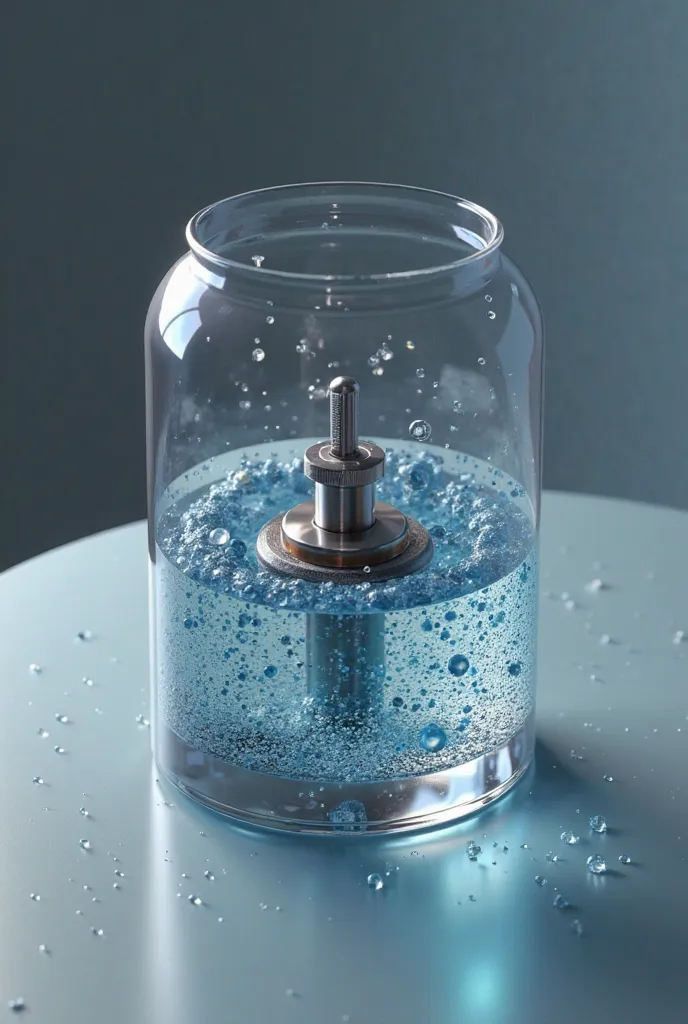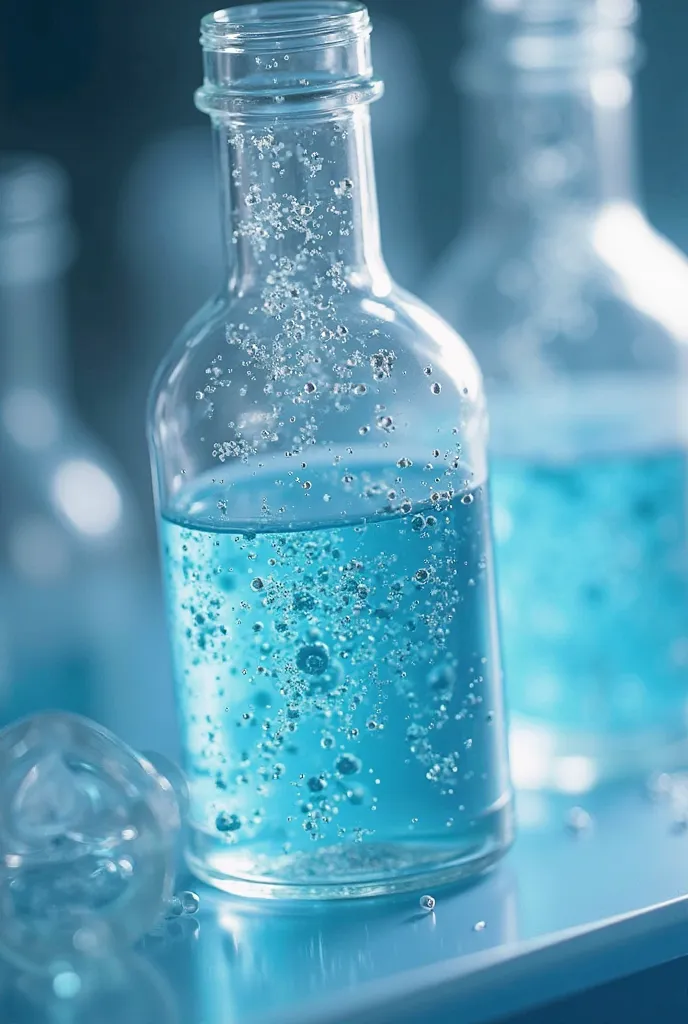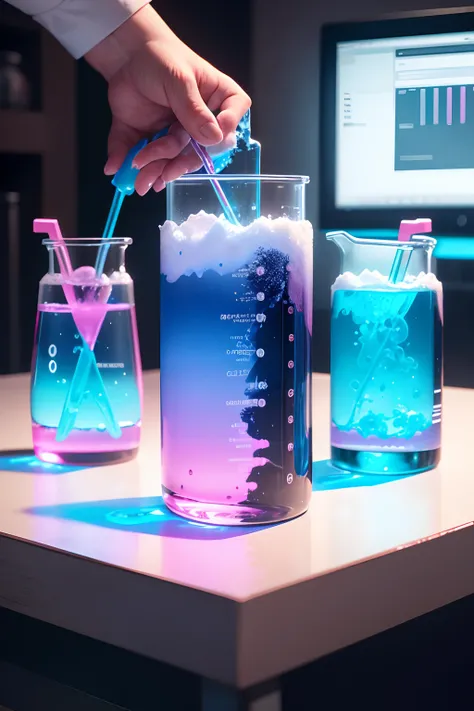Here I propose an experiment with synthetic energy, specifically related to the
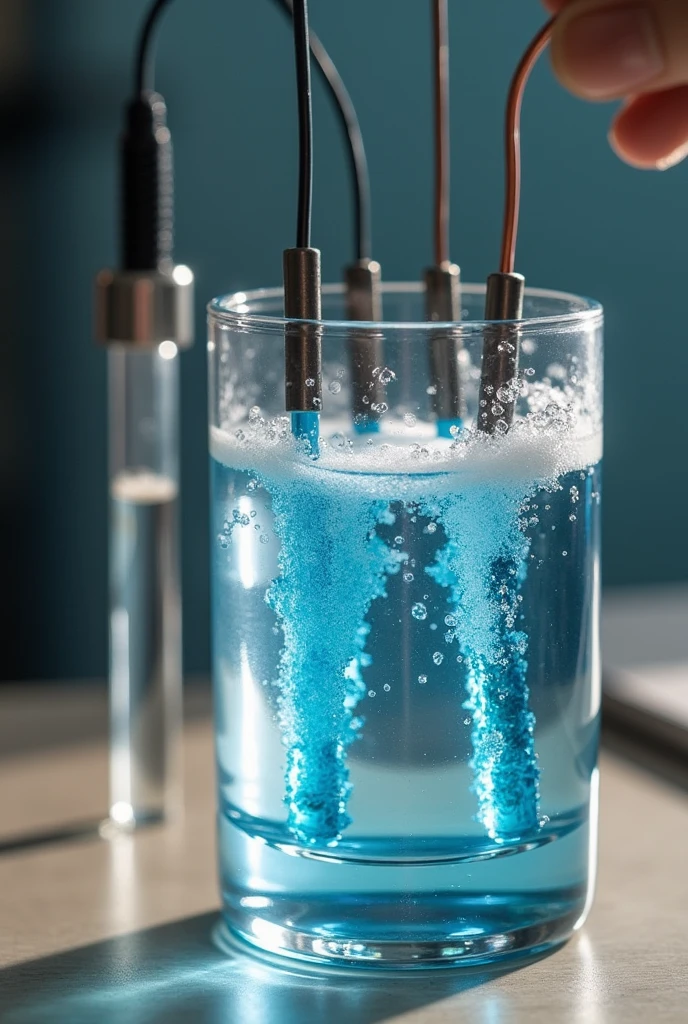
Here I propose an experiment with synthetic energy, specifically related to the **electrolysis of water** to produce hydrogen and oxygen. This process converts electrical energy into chemical energy stored in the gases produced., what can be considered a form of synthetic energy. ### experiment: Hydrogen and Oxygen Production from Water Electrolysis **aim:** Demonstrate how hydrogen and oxygen can be generated, two forms of synthetic energy, a partir de la electrolysis of water, and how these gases can be stored or used later. **Materials:** - 2 graphite electrodes (They can be made of pencils without wood coating) or copper wires. - A glass container (glass or jar). - Distilled water. - Baking soda (Optional, as electrolyte). - Energy source (9V battery or DC power supply). - Connection cables with alligator clips. - 2 test tubes or small jars. - A rubber or plasticine stopper to hold the tubes. - A switch (Optional). **Procedure:** 1. **Prepare the solution:** - Fill the glass container with distilled water. To improve water conductivity, add a small amount of baking soda (a teaspoon). Esto servirá as electrolyte, facilitating the circulation of electric current through water. 2. **Mounting the electrodes:** - Conecta los electrodos de grafito or copper wires a los cables de conexión con pinzas tipo caimán. - Immerse the electrodes in the water, making sure they don't touch each other. - Connect the other ends of the cables to the power source (battery or power supply). If you use a switch, connect it to the circuit to be able to control the electrolysis. 3. **Collect gases:** - Fill the two test tubes or small jars with water and place them upside down on the electrodes. Use the rubber stopper or modeling clay to keep them in place.
Generation Data
Records
Prompts
Copy
Here I propose an experiment with synthetic energy
,
specifically related to the **electrolysis of water** to produce hydrogen and oxygen
.
This process converts electrical energy into chemical energy stored in the gases produced
.,
what can be considered a form of synthetic energy
.
### experiment: Hydrogen and Oxygen Production from Water Electrolysis
**aim:**
Demonstrate how hydrogen and oxygen can be generated
,
two forms of synthetic energy
,
a partir de la electrolysis of water
,
and how these gases can be stored or used later
.
**Materials:**
- 2 graphite electrodes (They can be made of pencils without wood coating) or copper wires
.
- A glass container (glass or jar)
.
- Distilled water
.
- Baking soda (Optional
,
as electrolyte)
.
- Energy source (9V battery or DC power supply)
.
- Connection cables with alligator clips
.
- 2 test tubes or small jars
.
- A rubber or plasticine stopper to hold the tubes
.
- A switch (Optional)
.
**Procedure:**
1
.
**Prepare the solution:**
- Fill the glass container with distilled water
.
To improve water conductivity
,
add a small amount of baking soda (a teaspoon)
.
Esto servirá as electrolyte
,
facilitating the circulation of electric current through water
.
2
.
**Mounting the electrodes:**
- Conecta los electrodos de grafito or copper wires a los cables de conexión con pinzas tipo caimán
.
- Immerse the electrodes in the water
,
making sure they don'
;
t touch each other
.
- Connect the other ends of the cables to the power source (battery or power supply)
.
If you use a switch
,
connect it to the circuit to be able to control the electrolysis
.
3
.
**Collect gases:**
- Fill the two test tubes or small jars with water and place them upside down on the electrodes
.
Use the rubber stopper or modeling clay to keep them in place
.
INFO
Checkpoint & LoRA

Checkpoint
SeaArt Infinity
#Realistic
#SeaArt Infinity
0 comment
0
0
0










